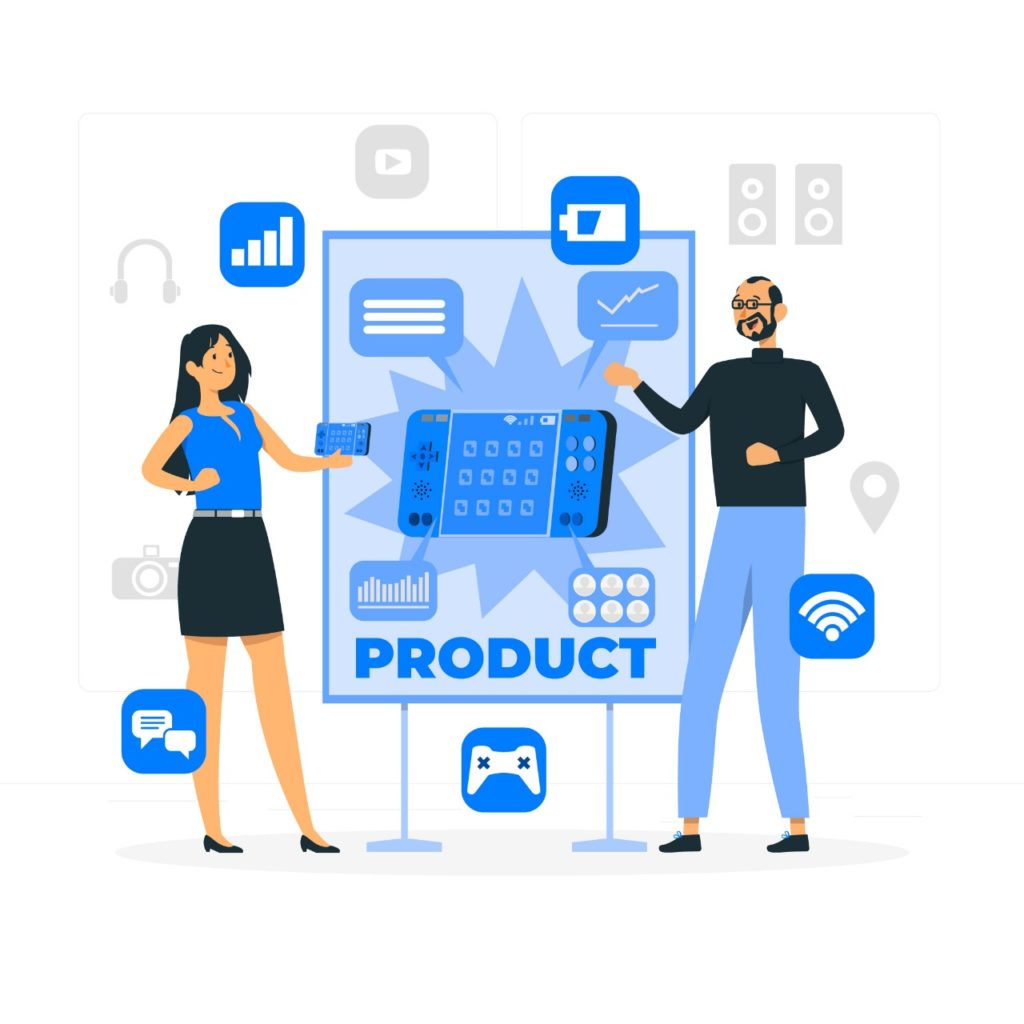In 2025, the educational landscape has been profoundly transformed by digital products, offering educators innovative tools to enhance teaching and learning experiences. These digital solutions not only facilitate personalized learning but also bridge gaps in traditional education systems. This article delves into the significance of digital products in education, explores various types available to educators, discusses their benefits, provides strategies for effective implementation, and addresses common questions surrounding their use.
The Significance of Digital Products in Modern Education
Digital products have become integral to modern education, reshaping how educators deliver content and engage with students. They encompass a wide range of tools, including e-books, online courses, educational software, and interactive applications, all designed to facilitate learning in more dynamic and accessible ways.
One of the primary advantages of digital products is their ability to provide personalized learning experiences. Adaptive learning platforms, for instance, adjust content based on a student’s performance, ensuring that learners receive instruction tailored to their individual needs. This personalization fosters a more engaging and effective learning environment, as students can progress at their own pace and focus on areas where they need improvement.
Moreover, digital products break down geographical barriers, enabling educators to reach a global audience. Online courses and webinars allow students from different parts of the world to access quality education without the constraints of location. This global reach not only broadens the educator’s impact but also enriches the learning experience by incorporating diverse perspectives.
Types of Digital Products for Educators
Educators have a plethora of digital products at their disposal, each serving unique purposes to enhance teaching and learning:
- E-Books and Digital Publications: These are electronic versions of textbooks or educational materials that can be easily distributed and accessed on various devices. They often include interactive elements such as hyperlinks, videos, and quizzes to engage readers.
- Online Courses and Webinars: Platforms like Thinkific and Teachable enable educators to create and sell courses on subjects of expertise. These courses can include video lectures, reading materials, and assessments, providing a comprehensive learning experience.
- Educational Software and Applications: These tools offer interactive learning experiences, such as simulations and gamified learning, to make complex subjects more understandable and engaging.
- Digital Templates and Resources: Educators can create templates for lesson plans, worksheets, and other resources that other teachers can customize and use, saving time and ensuring consistency in teaching materials.
- Membership Sites: By developing membership-based platforms, educators can offer exclusive content, community support, and continuous learning opportunities to subscribers, fostering a dedicated learning community.

Benefits of Integrating Digital Products into Teaching
The integration of digital products into education offers numerous benefits that enhance both teaching and learning experiences:
- Flexibility and Accessibility: Students can access learning materials anytime and anywhere, accommodating different learning styles and schedules.
- Engagement: Interactive elements in digital products, such as quizzes and videos, increase student engagement and motivation.
- Cost-Effectiveness: Digital materials often reduce the need for physical resources, leading to cost savings for both educators and students.
- Scalability: Educators can reach a larger audience without the limitations of physical classroom sizes.
- Data-Driven Insights: Digital platforms provide analytics on student performance, helping educators identify areas where students may need additional support.
Strategies for Implementing Digital Products Effectively
To maximize the benefits of digital products, educators should consider the following strategies:
- Identify Educational Goals: Determine what you aim to achieve with the digital product, ensuring it aligns with your curriculum and enhances learning outcomes.
- Select Appropriate Tools: Choose digital products that suit your teaching style and meet the needs of your students. Consider factors like user-friendliness, compatibility with existing systems, and the specific skills you intend to develop.
- Provide Training: Ensure that both educators and students are adequately trained to use the digital products effectively, minimizing resistance and maximizing the tool’s potential.
- Gather Feedback: Regularly collect feedback from students to assess the effectiveness of the digital products and make necessary adjustments to improve the learning experience.
- Stay Updated: The field of educational technology is continually evolving. Stay informed about the latest trends and updates to incorporate new features and tools that can benefit your teaching practice.
Conclusion
The integration of digital products into education in 2025 has revolutionized the teaching and learning landscape. These tools offer personalized, flexible, and engaging learning experiences that transcend traditional educational boundaries. By thoughtfully selecting and implementing digital products, educators can enhance their teaching effectiveness and provide students with the skills and knowledge necessary to thrive in a digital world.
FAQs
- What are digital products in education?
Digital products in education refer to electronic tools and resources, such as e-books, online courses, educational software, and interactive applications, designed to facilitate teaching and learning. - How do digital products benefit educators?
Digital products provide educators with flexible teaching tools, enable personalized learning, offer data-driven insights into student performance, and allow for a broader reach beyond traditional classrooms. - Are digital products accessible to all students?
While digital products enhance accessibility, challenges such as internet connectivity and device availability can affect universal access. Educators should consider these factors to ensure equitable learning opportunities. - Can digital products replace traditional teaching methods?
Digital products are designed to complement, not replace, traditional teaching methods. They serve as supplementary tools that enhance the learning experience through interactive and personalized content. - How can educators keep up with the evolving digital product landscape?
Educators can stay updated by participating in professional development programs, joining educational technology forums, attending workshops, and subscribing to relevant publications that discuss the latest trends and tools in educational technology.



